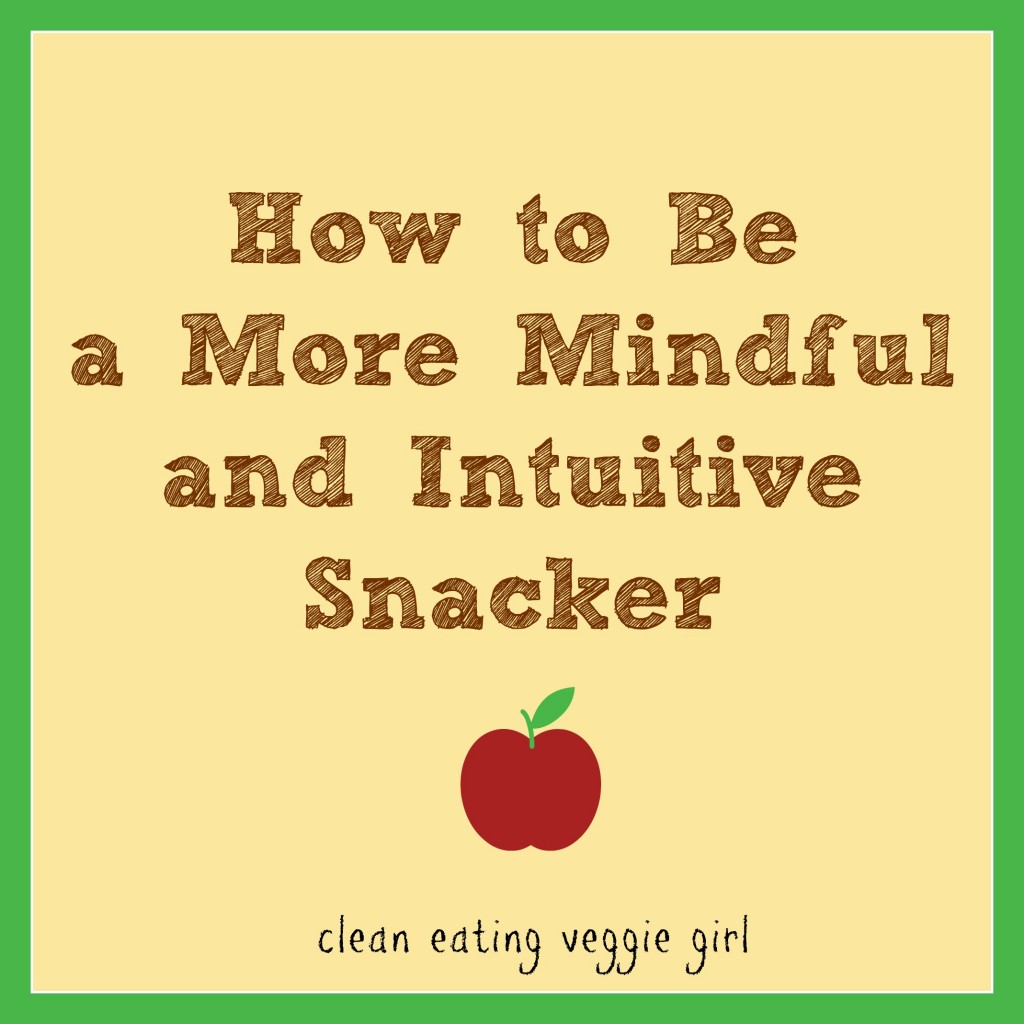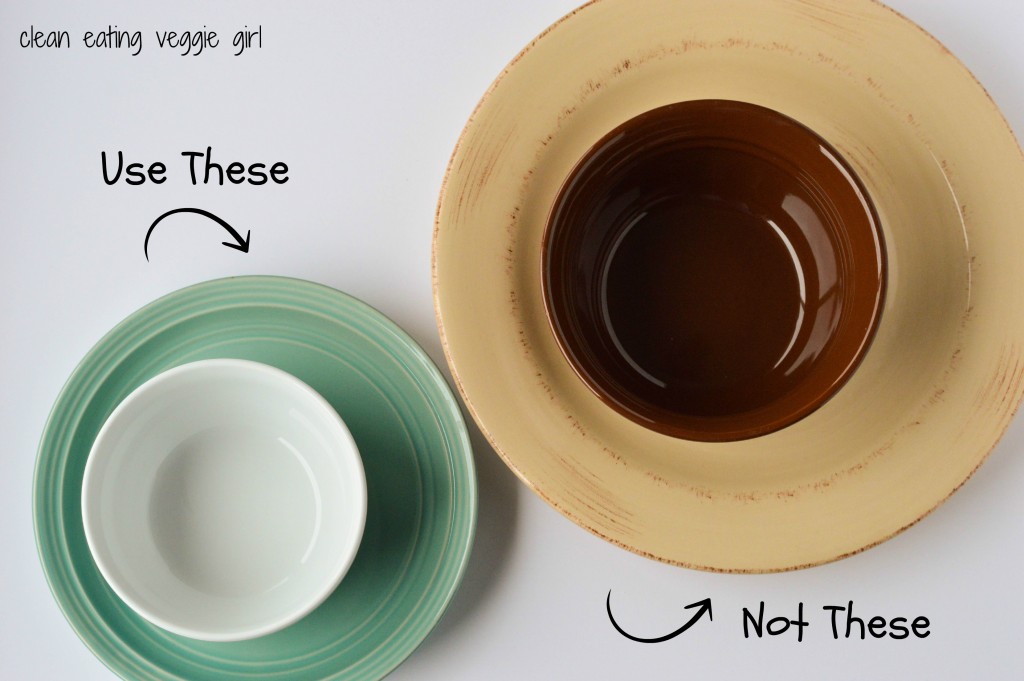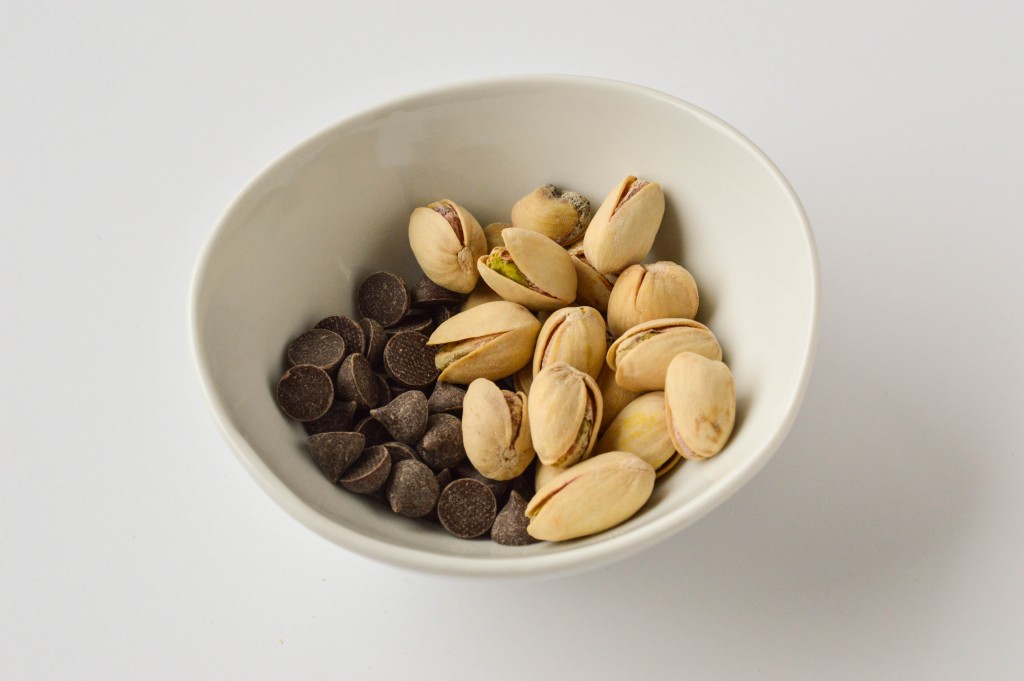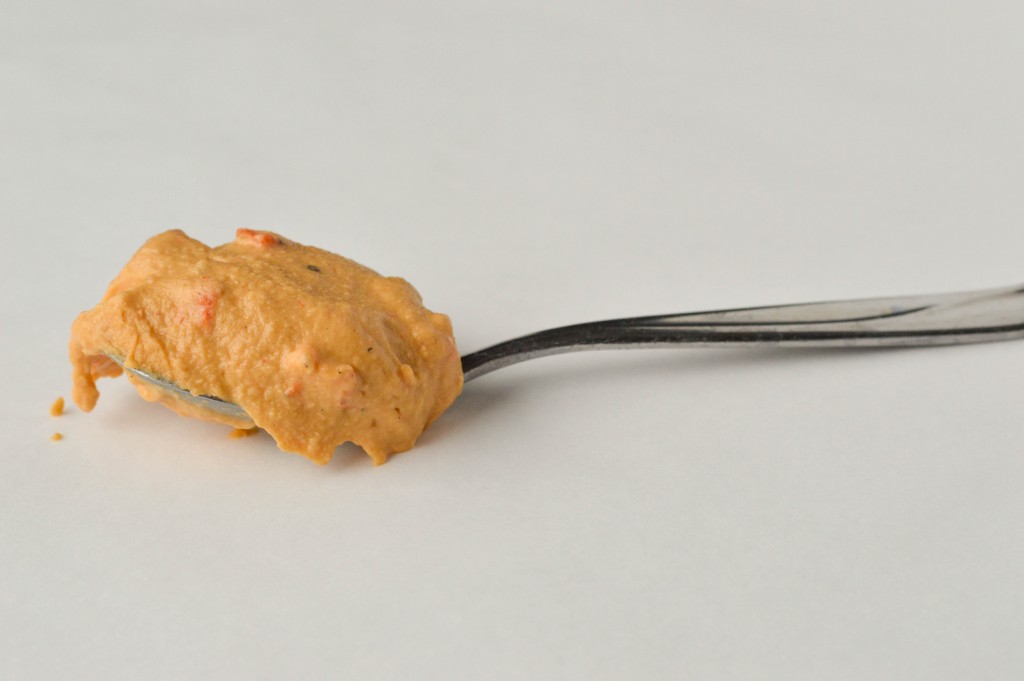Since beginning my journey towards becoming a more intuitive eater, I have picked up on several helpful principles that make being a mindful eater a bit easier. Today I am going to focus on mindful snacking, but these principles can certainly apply to full meals, as well. Let’s take a look at seven of my favorite ways to encourage intuitive eating and smarter snacking.
 How to Be a More Mindful and Intuitive Snacker
How to Be a More Mindful and Intuitive Snacker
1. Start with a smaller portion than you think you are hungry for.
Many of us are guilty of filling our bowls or plates to the brim, regardless of where our hunger levels are at. This becomes a problem when our eyes are bigger than our stomachs. It is sometimes difficult to stop eating when we are full if we still have food remaining in our bowls or on our plates. If we start with a smaller portion of the food we are craving, we force ourselves to revisit our cravings and hunger levels once the smaller portion has been eaten. If we are still hungry or want a bit more, we can then return for a second smaller portion.
 2. Use small bowls and plates for snacks as opposed to full-sized bowls and plates.
2. Use small bowls and plates for snacks as opposed to full-sized bowls and plates.
We eat with our eyes before we eat with our mouths and stomachs. I think we can all agree that a large bowl or plate that is only filled one-third of the way full does not look very appetizing. If we start with smaller bowls and plates, we can fill them all the way. This is positive for two reasons. The food looks prettier, and as referenced above, we can revisit our hunger levels once the smaller bowl or plate is empty.
There is something so fun about eating a spoonful of nut butter or hummus, am I right? Don’t worry. I am not going to tell you to stop doing this. But what I am going to recommend that you do is grab a spoonful and then put the container away. I like dipping chocolate and/or apples into nut butter, and dipping those into a spoonful of peanut butter is almost always the perfect amount. If I leave the jar open, I will inevitably end up eating two or three spoonfuls. Is there anything wrong with two spoonfuls of nut butter or hummus? Of course not. But nine times out of ten, I am completely satisfied with just the one.
4. Eat at the table and eliminate distractions.
If there is one thing that I have found that causes me to not eat mindfully, it is eating with distractions. Whether that be eating while on a computer or phone, eating while watching television, or eating while reading, we greatly diminish our ability to be mindful eaters with these distractions. Instead, make a solid effort to eat at the table (not on the couch in front of the TV) and put all technology away. It can be a bit of an adjustment at first, but it enables us to reconnect with food, our hunger cues, and with our dining buddies.
 5. Pair an indulgent snack with a healthier snack.
5. Pair an indulgent snack with a healthier snack.
It is time to stop thinking that eating chocolate, candy, or indulgent snacks is “bad.” This is what causes food guilt and can lead to binge eating. Instead, we need to embrace our indulgent cravings, but ensure that we pair them with a healthier option for a balanced snack. If you’re craving chocolate, great! Pair a smaller portion with a healthier option that will also be filling, like nuts. One of my current favorite pairings is a small serving of dark chocolate chips served alongside pistachios. I like pistachios for their taste, but also because of all the nuts around they contain the largest quantity per serving size. The chocolate and pistachio pairing is the perfect way to indulge in a healthy way.
Snack on foods that leave you with a visual cue of what you have eaten. Being able to visually see what we have eaten can prevent us from mindlessly reaching back into the bag once our hunger has been satisfied. A perfect snack that you can fool yourself full with is a handful of in-shell pistachios. Pistachios are a low-calorie snack (you can enjoy about 30 kernels for 100 calories) and are high in protein and fiber. They also provide the perfect visual cue of what you have eaten when you collect the uneaten shells. The Pistachio Health Institute states that snackers in a research study who left discarded pistachio shells on their desk throughout the day cut their calorie consumption of pistachios by 18 percent compared to those who routinely cleared away their nut shells. Pretty eye-opening, huh? The shells will also help slow your snacking down and keep you more aware of your hunger and fullness levels. Participants in a similar study who consumed in-shell pistachios ate 41 percent fewer calories compared to those who consumed shelled pistachios. Pistachio shells truly act like nature’s tool for mindful snacking.
7. Once you feel full, put any leftovers in the fridge knowing that you can eat them later.
There is no need for us to eat everything in our bowl or on our plate if we are no longer hungry. Any remaining food is not going anywhere. Placing it in a resealable container and into the fridge (if necessary) serves as a visual reminder that it is still there for when we are hungry again. This principle gives us permission to leave it knowing that we have the ability to eat it in an hour, later that day, or even the next day.
Intuitive snacking is not always easy. But with these simple principles, you will be well on your way to being a more mindful snacker! Don’t forget to head over to the Pistachio Health Institute’s Facebook Page to enter to win a year’s supply of pistachios. Just think of how many mindful snacks we could have with all of those nuts!
What snacking principles do you follow to be a more mindful and intuitive eater?
I was selected for this opportunity as a member of Clever Girls and the content and opinions expressed here are all my own.







